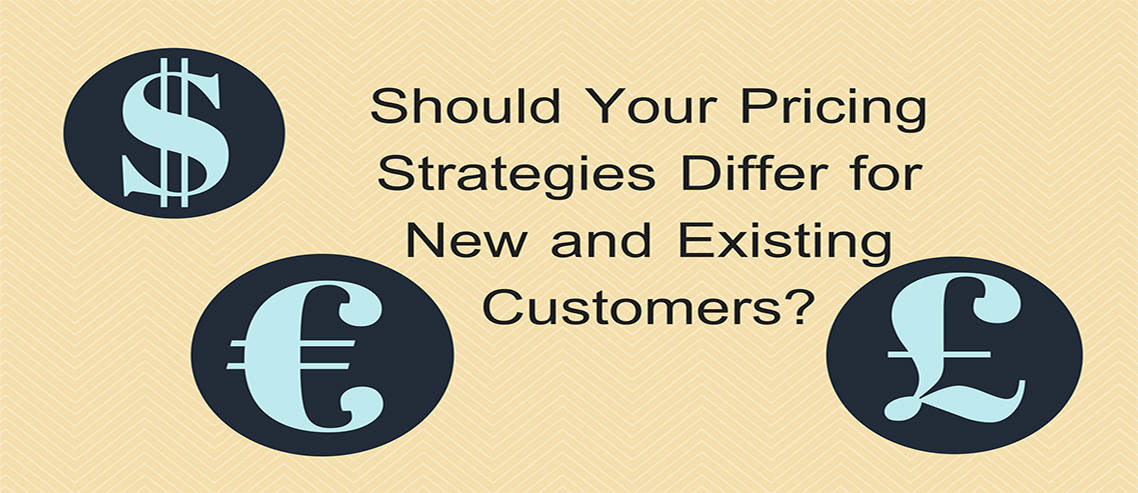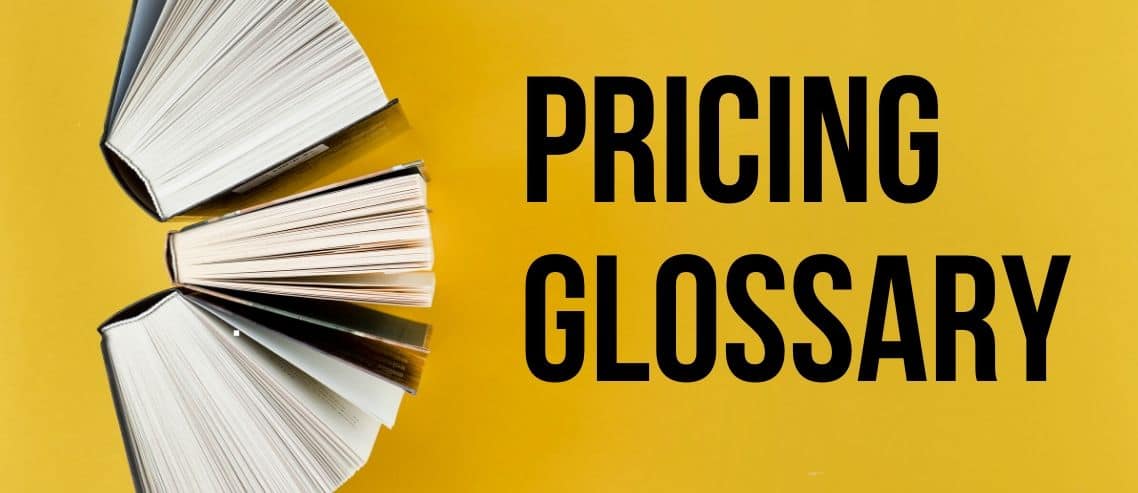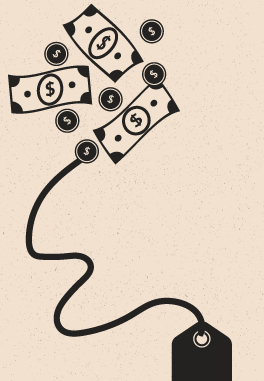When an e-commerce business expands, business owners naturally have more things to consider and one of those aspects is price escalation.
Price escalation is when an item has a different price in a different market or location. There are many causes of this but largely it comes down to supply chain variations such as differing shipping costs, paid tariffs or a wide range of distribution channels.
In this post you’ll learn:
- What price escalation is and who should be concerned by it
- Why you need to factor price escalation into any contracts you create with vendors
- Some of the causes of price escalation
- How you can overcome price escalation within your business and save money throughout.
Let’s go!
What is price escalation
Price escalation refers to economics. It’s the idea where a price will increase when a good is exported and imported into a new foreign market. It’s a similar concept to inflation. However, it’s majorly to do with individual products, rather than an entire store or market.
Inflation will affect all of your products, whereas price escalation might only affect some of them. Often you’ll have to pay for goods or services for your business and depending on where you source these from, your business costs could increase.
The costs you should consider are things like:
- Tariffs you have to pay to import (or export) goods
- Added duties to pay
- Transportation costs
- Storing your products in warehouses
If you source locally, many of these issues won’t affect you, however, that simply isn’t possible all of the time. When you buy from your own country and don’t have to factor in getting your products from A to B, you’re often insulated or saved from price escalation factors as they no longer concern you.
There are also further factors you should consider like changing in politics in other countries, technologies and the overall market. These factors can have an effect on how much you need to pay to import/exports the goods you need to run your business.
Your escalation costs should be factored in when it comes to considering and evaluating your pricing strategy. Perhaps you opt for multi-national pricing where prices are altered based on the specific country of purchase.
Price escalation through contracts
One wat to make sure you’re fully covered is to include a clause in your contract that explains what happens during price escalation.
The clause should outlines whether or not a price is to be increased or negotiated if prices for other goods increase.
For example, you might need to import a specific type of coffee for your chocolate coffee powder. The clause in the contract would explain that negotiations should begin if the cost of the coffee rises beyond a certain point.
This way, even though you know it happens, you’re protected against any hidden costs. Once you’ve set the thresholds your business can afford, you’ll feel safer in the knowledge that your costs won’t suddenly skyrocket.
When the triggered price increase hits, you can adjust the contract to make sure that both parties involved are happy with the new fees.
What causes price escalation
There is a range of different causes of price escalation. Some of the causes directly effect exported goods and others effect goods sold in a foreign country.
It’s good to consider all the causes to make sure you’re covered on all fronts.
If you market and sell your products to international markets, not only do you have to think about your multi-currency strategy but location-specific issues.
For each market you operate in, you’ll have to deal with different product types warranting different competitive conditions and rules in the respective domestic country. This will in large effect the pricing strategy you choose. Now it might seem cheaper at first to get your goods from international sellers, but in the long run, if you don’t factor in additional costs, it could work out to be much more expensive.
How to overcome price escalation
There are many ways to overcome price escalation. First, you could consider only selling your products locally. This way you don’t have to deal with storing your products in international warehouses or paying extra money to have your products tracked through customs. It goes without saying that if you only sell locally, you miss out on a wider customer pool.
However, if you do want to sell internationally, consider whether you can limit to free trade zones. These areas remove the additional costs that come with manufacturing or selling your products abroad.
It’s useful to research which countries operate as a free trade zone and see if you have a wide enough customer base there to sell to. Not only that, when it comes to international contacts, you’ll want to hire a lawyer to deal with the complexities and as you can imagine, it becomes expensive very quickly.
Another way you can avoid escalated prices is to see whether it’s possible to reclassify your products on the international markets. This way you’ll avoid tariffs as your products are now classed as products with lower duties.
If you do sell to international markets, consider the local rate of inflation. One market might have issues with escalated prices whereas in another market, there could be a lower overall inflation rate.
Finally, another tactic you can use is to find cheaper ways to source your products on a manufacturing level. This could be more expensive initially as you might have to purchase goods in bulk. But in the long-term, you might find that you save money.
Final thoughts
Running an ever-expanding e-commerce business presents itself with a range of issues and problems you need to think about.
Failing to do this will not only hinder your growth but could cost you more money further down the line.
Getting ahead of yourself and factoring in price escalation will ensure your business grows and your customers stay happy.
In this post, you’ve learned why you need to be concerned with price escalation, some of the common reasons price escalation occurs as well as some of the tactics you can employ to ensure you either overcome it or handle it in a way that doesn’t harm your business.
Have you ever had to deal with price escalation? Leave a comment below with your tips.
pricing terminology


AM GLAD TO HAVE THIS SITE IN ODER TO BOOST OUR KNOWLEDGE
Thanks, Jordie, for the wonderful article you have here. I like it when you mentioned that the escalation costs must be factored in at all times when it comes to considering and assessing your pricing strategy. Probably you opt for multi-national pricing where prices are changed based on the certain country of purchase.